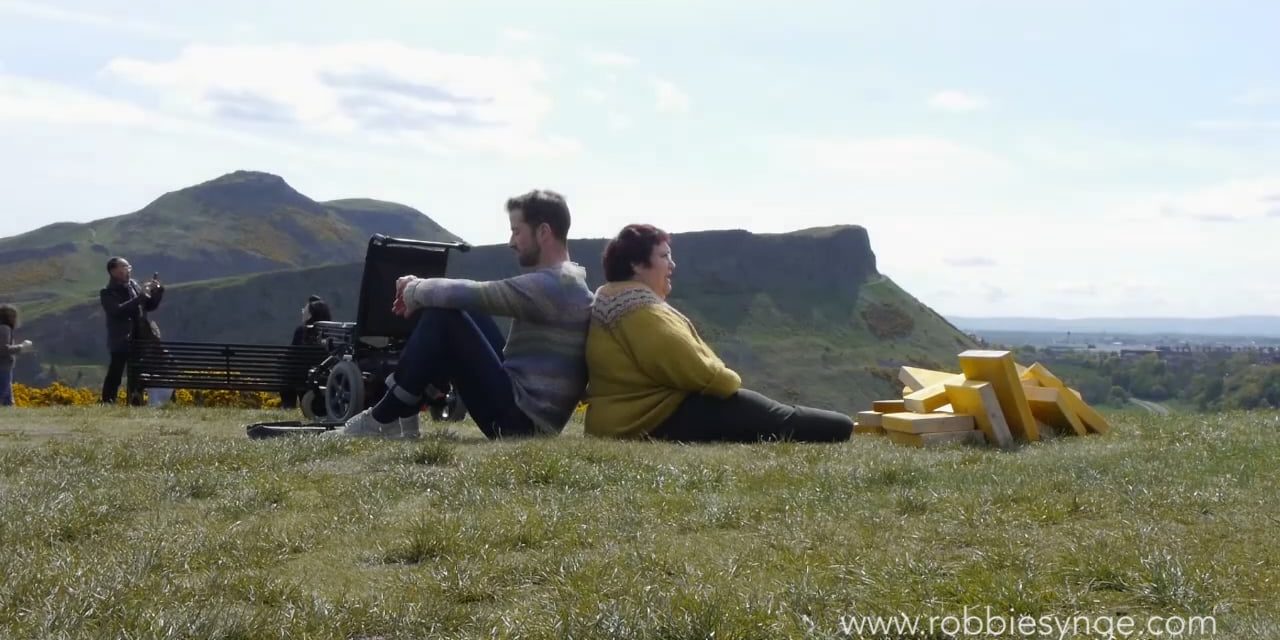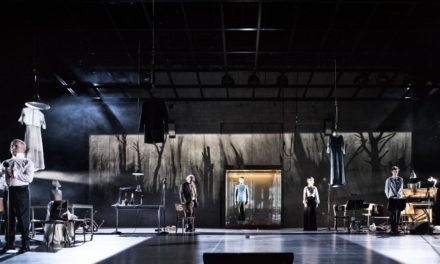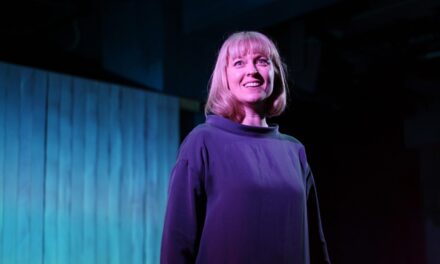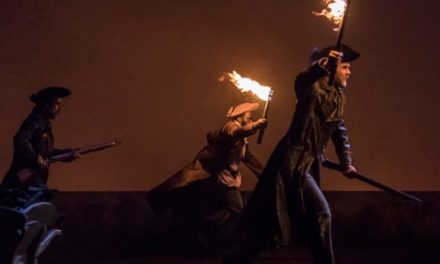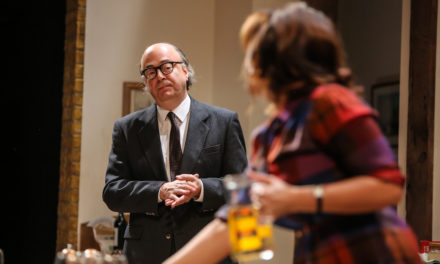Those in power positions or the “gatekeepers” (funders, policymakers, artistic directors, programmers, etc.) are instrumental in the positioning and progression of art.
The artistic leaders, even more than funders and policymakers, could be perceived as the traditional gatekeepers to the public stage. But since public stage performances are guided by funding and audience, audiences and sponsors both need to be served in their needs. From this perspective, we can say that a performance process is informed by a range of gatekeepers: audience, curators and programmers, and funders.
One step beyond, if we resist the understanding of gatekeeping as a mainstream closing or opening doors to a margin, and instead consider the possibility that the center is everywhere, gatekeeping becomes a state of mind, a practice – of opening doors and leaving them open to see what might come in.
Part of the job of the curator, producer, or programmer is to educate the general public, encourage them to keep an open mind and enjoy the arts without any bias. In order to do this effectively, they must take chances on new companies and new styles of performances, including artists with different abilities; however, as long as artists with disabilities create their art in ghettoised artistic groups, producers, programmers, and curators risk to be poorly informed about such artists, and to engage exclusively with artists without disabilities. This is a strong argument in favor of including disability arts in the general programmes of venues and festivals, instead – or beside – organizing specific events focused on artists with a disability; but it is also an argument in favor of more diversity in gatekeeping roles – and in the sector in general.
There are differing perspectives on what constitutes a gatekeeper; for example, artist and researcher Simon Raven suggests that the principal gateway to inclusion in the arts is through education and that to promote inclusion a diverse and inclusive arts education should be the norm in all schools. However, the current direction in education in the UK and other countries with neoliberal leadership is promoting the reverse: arts courses are being cut, and in many cases not taught at all. There is also an issue with professional arts education, particularly in dance, where more flexible curricula and more sensitive educators may allow disabled students to find a reasonable compromise between individual needs and education standards.
Dramaturg Luke Pell offers a broader view on gatekeeping, suggesting that artists, art makers, enthusiasts, funders, and communities, are all gatekeepers. Describing his recent collaboration with Claire Cunningham and Jess Curtis The Way You Look (At Me) Tonight Pell states that the project began to notice and explore what it is to deal with different gatekeepers. As an artist, he is less concerned with challenging gatekeeping hierarchies, but he acknowledges that gatekeeping could be a personal aspect that exists in all of us. In this sense, Pell is suggesting to recognize the potential for all those invested in the arts to be gatekeepers, rather than resisting gatekeeping in its entirety.
Speaking about the processes and practice of Portuguese dance company Dançando com a Diferença, Artistic Director Henrique Amoedo suggests that taking into account the “reality” of each individual (performer), creating an environment where the needs of the individual are met, means that the disabled performer can be their own gatekeeper and spokesperson, because they are less dependent on external systems and power structures. Amoedo continues to suggest that this autonomy has assisted the progression of his organization. He suggests that this individualized approach has enabled the company to benefit from support networks (audiences, peers, other artists) that have helped by “giving us strength and support to our claims and demands, making our petitions noticed when needed.” This is a useful perspective – that people in key positions have enabled development through authentic support and listening to the requirements of this dance company. Individual artists develop passion for the arts and therefore attend more dance events, performances, presentations, workshops, conferences, and initiatives. They become ambassadors or “gatekeepers” for their art form and often involve friends and family members, contributing to the development and engagement of new audiences for dance.
There is an interesting use of the term “gatekeeper” here that in some ways aligns with Pell’s earlier comments that gatekeeping is a phenomenon potentially shared by many of us working in the arts, but that it must include a vast and diverse range of experiences and positions. Richard Phoenix states that his personal experience of engaging with the arts shifted dramatically when he was exposed to the idea of “do-it-yourself.” On the subject of gatekeepers, he suggests that the only person preventing you from expressing yourself artistically is you. The idea itself gives you permission; you become the gatekeeper. However liberating this idea is, it doesn’t take into account other factors which create barriers to self-expression, for example, as we have mentioned, the importance of role models – because “you can’t be what you can’t see.” If you don’t see yourself in the arts in whatever way you view yourself, then it’s hard to overcome the hurdle of putting yourself onto the public stage.
On the subject of barriers to access, participation, and progression in the arts, Aidan Moesby, a UK-based artist, and producer, states that he “constantly hears that disabled artists don’t have any barriers which are not there for any artist.” He adds: “I go to meetings, the National Portfolio Organisations (NPO’s1) have a system of tick box engagement for funding with little authenticity or meaning.” In other words, he feels these highly supported organizations merely check boxes on forms to affirm their engagement to priorities instead of really undertaking proactive initiatives.
His perspective speaks directly to the marginalization of disabled artists, the suggestion that the inclusion and support of artists who do not conform to “traditional” perceptions of what makes an artist is at times tokenistic and unhelpful. Possibly if a greater number of “power brokers” identified themselves as part of a marginalized group, they would be more authentic in their support of such groups and their causes. Furthermore, this would encourage longevity of practice rather than short bursts of support, which are limiting for artists and possibly perpetuate an environment of competition between individuals and organizations.
Artist Robbie Synge, who collaborates regularly with disabled dance artist Julie Cleves, responds to the question of gatekeeping within the context of their shared practice. He states that as a straight, white, middle-class, non-disabled male he feels very self-aware, as the producer of their ongoing project Synge suggests that it may be unexpected or jarring that he is submitting something to the call for contributions issued by IETM to prepare this publication. He adds: “The narrative that I feel dominates [in arts institutions], is one of the disabled artists leading or being encouraged to lead the way; to propose and direct projects and to champion equality and diversity by creating art and accessing platforms. This is, of course, essential and goes a long way to address the visibility and profile of disabled artists and to challenge perceptions of who art makers might be, and to encourage new disabled artists.” Synge goes on to add that Cleves has little interest in “leading” their collaborative work; she consciously resists the “administrative and fundraising” aspects, preferring to locate herself as a performer. An important point here is that disabled artists and their non-disabled peers or collaborators may feel restricted by a prescribed narrative of what they should be ambitious for. A choice is a key element of artistic and creative freedom and Cleves’ desire not to lead gives a valuable insight, it is a possible and justified option. However, in an environment where disabled artists with aspirations of leadership are restricted by dominant, outmoded ideologies, attention and space must be given for their voices and ambitions.
Curatorial processes include a responsibility for extending and perhaps challenging pre-conceived ideas of who is “included” in the arts. The gatekeepers have the potential to implement shifts in the arts; but they also have the potential to reference the disabled body in a way that is peripheral to an “ideal” body in the arts – a risk particularly high as gatekeepers are generally non-disabled. In addition, it is also the case that the voices of artists – disabled or not – are often absent from gatekeeping frameworks. Consequently, the shifts and developments may bear less authenticity for individual artists.
The collective responses included in this chapter identify a diversity of perceptions of gatekeeping in art contexts. For some, there is potential in these roles to bring about change, for others they are seen as barriers to expression and autonomy. What is clear is a shared desire to include a range of voices in power structures across the arts. It is perhaps useful to conclude here that until such time that the gatekeeping roles are taken by a wider range of people and manifested in ways that invite new thinking and “non” traditional representations of what a leader is, the playing field will remain uneven.
This article was originally published on www.ietm.org/en/publications in K. Marsh, J. Burrows (ed.), “Permission to Stare. Fresh Perspectives on Arts and Disability,” IETM, Brussels, September 2017. Reposted with permission.
This post was written by the author in their personal capacity.The opinions expressed in this article are the author’s own and do not reflect the view of The Theatre Times, their staff or collaborators.
This post was written by Kate Marsh and Jonathan Burrow.
The views expressed here belong to the author and do not necessarily reflect our views and opinions.

